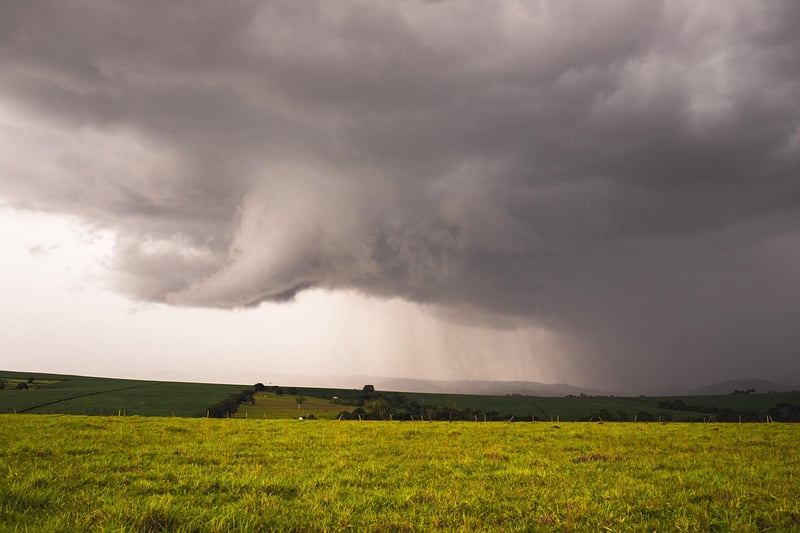Temporal Etiquette
Guidance for Time Travelers: Temporal Etiquette
Introduction
Welcome, time traveler! Navigating the vast corridors of time can be an exhilarating experience, but it also comes with great responsibility. To ensure smooth interactions and respectful behavior across different eras, it's crucial to understand and adhere to temporal etiquette. Let's delve into essential guidance for time travelers to help you make the most of your journeys.
1. Respect Local Customs and Traditions
Just as you would when visiting a foreign country, respect the customs and traditions of the time period you are exploring. Avoid imposing your modern beliefs on historical figures and events. Observe and learn from the culture around you without judgment.
2. Maintain Temporal Integrity
Be cautious not to disrupt the natural flow of history. Your actions in the past can have far-reaching consequences on the future. Avoid making significant changes that could alter the course of events or create paradoxes.
3. Dress Appropriately
Blend in with the locals by dressing appropriately for the time period. Research the fashion trends of the era you are visiting and adjust your attire accordingly. This will help you avoid drawing unnecessary attention to yourself.
4. Language and Communication
Learn the language of the time period or use a translation device to facilitate communication. Speaking the local language will not only help you interact more effectively but also show respect for the inhabitants of that era.
5. Leave No Trace
Respect historical sites and artifacts by leaving them undisturbed. Avoid leaving behind any modern technology or items that could alter the timeline. Leave no trace of your presence to preserve the authenticity of the past.
Conclusion
Time travel is a privilege that comes with great responsibility. By following these guidelines on temporal etiquette, you can enhance your time-traveling experience while respecting the integrity of the past. Remember, each journey through time offers a unique opportunity to learn, explore, and appreciate the diversity of human history.

